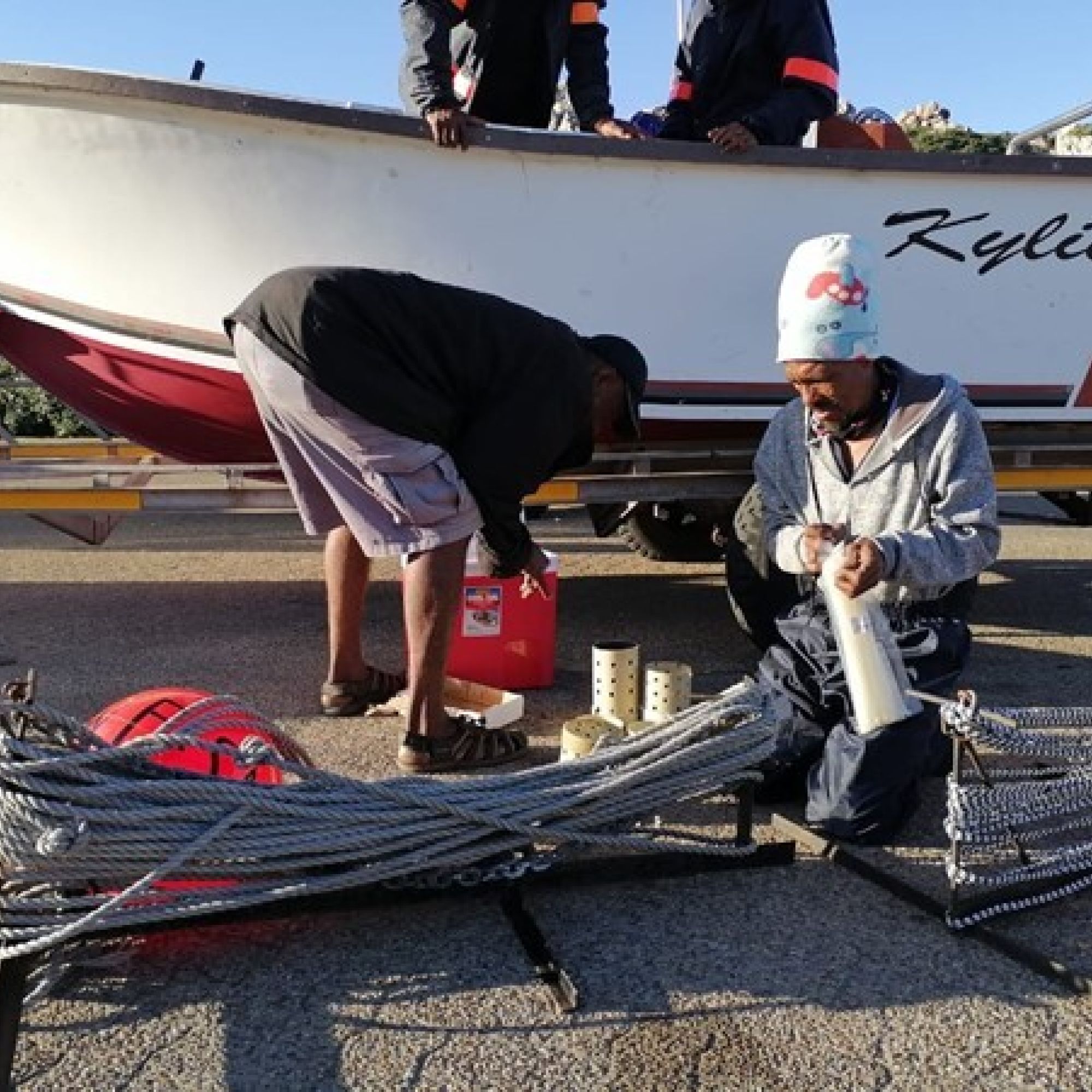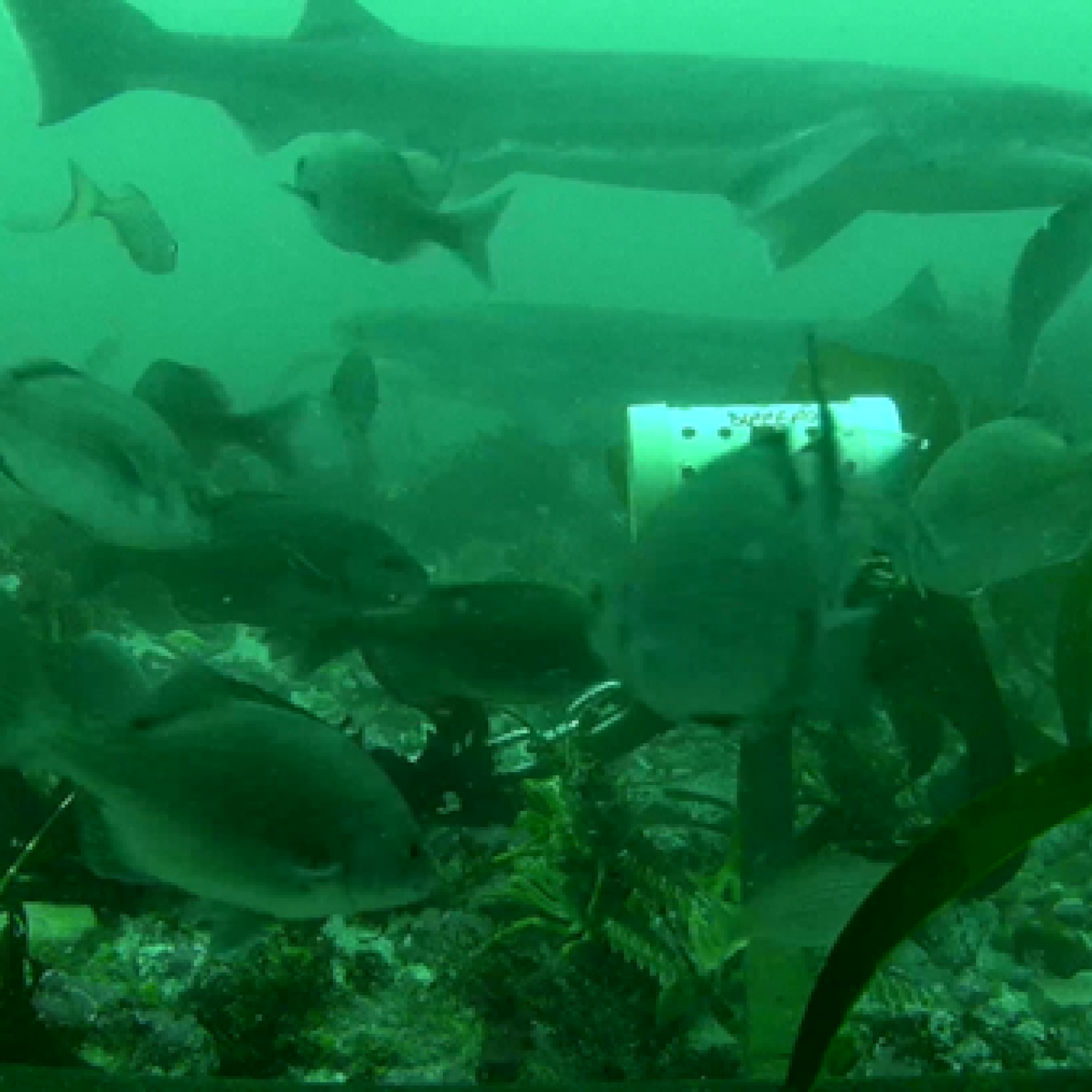
Working Together Towards Understanding the Value of Marine Protected Areas (MPA)
Marine Protected Areas (MPAs) aim to conserve marine life and promote the conservation and effective management of ecologically and biologically diverse marine areas. The social and economic context within which they exist also needs to be considered when planning and making management decisions. They can be an example of a successful collaboration between civil society, communities, and government who need to work together to conserve our valuable marine resources for all. This collaboration creates a healthy biodiversity economy.
CapeNature currently manages six Marine Protected Areas (MPAs) on behalf of the Department of Environmental Affairs: Oceans and Coast, namely Robberg, Goukamma, Stillbaai, De Hoop, Betty’s Bay, and Rocherpan. CapeNature is also involved in the monitoring and management of MPA buffer areas or zones of influence. The marine environment forms a continuum and does not allow for “boundary fences”.
An example of this is the Bettys Bay MPA which is situated on the Kogelberg Biosphere Reserve coastline. The area is well known for its rich ecological and biological diversity and productivity. The MPA forms the core marine conservation area within the Kogelberg Biosphere Reserve, which is approximately 103, 629 hectares in size, of which a core marine reserve area accounts for only 1,629 hectares. The marine buffer zone further extends for approximately 23,000 hectares and includes ecological and biological sensitive areas (EBSAS).
The rich and diverse marine life found here is owed to its position within the temperate south coast marine ecoregion which is subject to seasonal nutrient-rich upwelling events. This area, a world heritage site, is home to many fishing communities that rely on the ocean as their only source of income and food. The area includes the towns of Rooiels, Pringle Bay, Bettys Bay, and Kleinmond. Kleinmond has the largest fishing community and the other towns have only a handful of fishing rights holders. A decline in commercially important marine species such as threatens their way of life.
In order to evaluate the importance and value of the Bettys Bay MPA, a project was initiated with the aim of conducting research and monitoring line fish species. The innovative Baited Remote Underwater Systems (BRUVS) technology was implemented to achieve this objective. BRUVs are used to conduct multi-species surveys of line fish and West coast rock lobster in the Kogelberg Biosphere Reserve marine area as well as other MPAs along the Western Cape coast.
The Kogelberg BRUV research project involves local fishers with the collection of data and to some extent the data analysis. This data is used to evaluate species diversity, relative abundance, and behavior of fish inside and outside of the Marine Protected Area (MPA). The project, a partnership between CapeNature, WWF, and members of the Kogelberg Biosphere Marine Working Group, affords the fishers the ability to use this technology to gather information on fish stocks for themselves
BRUVs give the fishers and managers the tools to better understand the marine species and ecosystems as well as the need to conserve them and brings science and people closer together. BRUV data also allows us to relate fish species to habitat type and therefore gives us a good idea of which species we find in which areas and how common certain species are. Getting the community involved allows fishers to begin to understand how they can play a role in conservation using their knowledge and assets.
Fishing communities are encouraged to participate in conducting these surveys and to take part in research activities as it is essential to build local capacity and understanding of the value of long-term marine species monitoring and management. Fishermen are a vital component of this project seeking to establish the relative abundance of fish and west coast rock lobster stocks within the Bettys Bay Marine Protected Area (MPA).


How can I assist you today?
How can I assist you today?